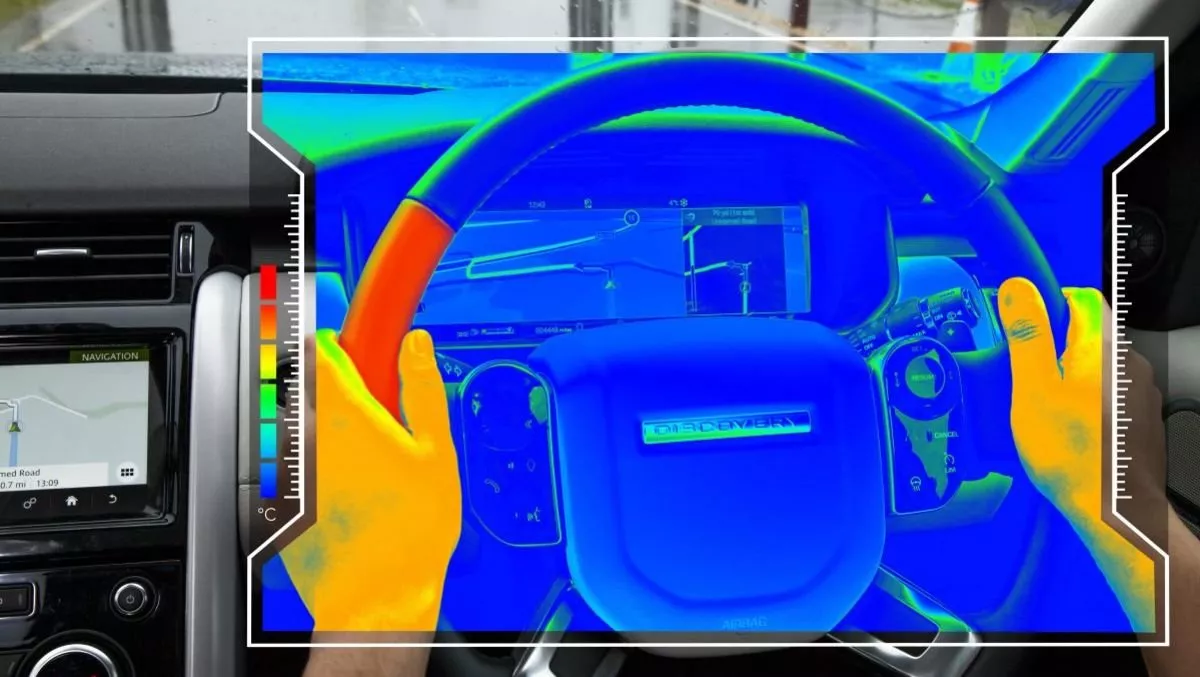
Carmaker tests heated steering wheels to help drivers pay attention
Carmaker Jaguar Land Rover is trialling heated steering wheels to encourage drivers to keep their eyes on the road, instead of on their phones and other places eyes may wander.
The company partnered with Glasgow University to create a 'sensory steering wheel' that can be quickly heated and cooled. This could tell drivers when and where to turn, when to change lanes, or when approaching an intersection.
The sensory steering wheel could be particularly useful in limited visibility when driving conditions are poor, or when the layout of the road doesn't make sense. And of course, it would also be key to helping drivers pay attention.
"Safety is a number one priority for Jaguar Land Rover and we are committed to continuously improving our vehicles with the latest technological developments as well as preparing the business for a self-driving future," says Jaguar Land Rover electrical research senior manager Alexandros Mouzakitis.
"The 'sensory steering wheel' is all part of this vision, with thermal cues able to reduce the amount of time drivers have to take their eyes off the road.
The cues work on both sides of the steering wheel, indicating the direction to turn by rapidly warming or cooling one side by a difference of up to 6oC. For comfort a driver could adjust the range of temperature change.
The technology has also been applied to the gear-shift paddles to indicate when hand over from the driver to autonomous control in future self-driving vehicles is complete.
"Research has shown people readily understand the heating and cooling dynamics to denote directions and the subtlety of temperature change can be perfect for certain feedback that doesn't require a more intrusive audio or vibration-based cue," continues Mouzakitis.
Temperature-based instructions could also be used for non-urgent notifications, where vibrations could be deemed unnecessarily attention grabbing, for example as a warning when fuel is running low, or for upcoming events, such as points of interest. Thermal cues can also be used where audio feedback would be deemed too disruptive to cabin conversations or media playback.
The Jaguar Land Rover-funded research is part of a PhD study undertaken by Patrizia Di Campli San Vito at Glasgow University as part of its Glasgow Interactive Systems Research Section (GIST).
Jaguar and Land Rover models have a range of sophisticated Advanced Driver Assistance Systems (ADAS) designed to improve driver and vehicle safety, including the new generation Head-Up Display in the Range Rover Velar.
The Velar also features capacitive steering wheel controls for common functions that combine with the Interactive Driver Display to help reduce driver distraction.


